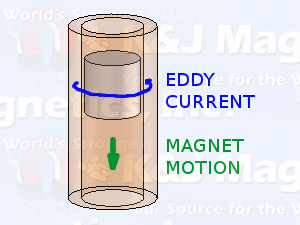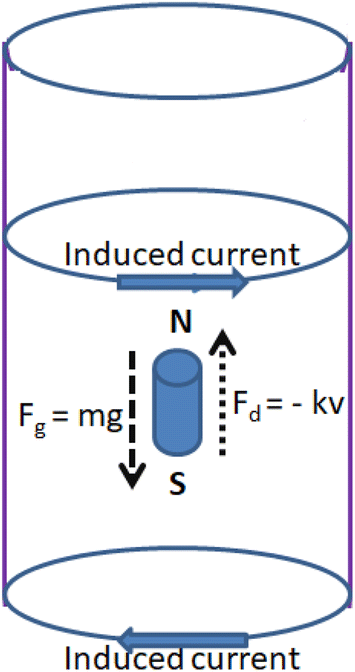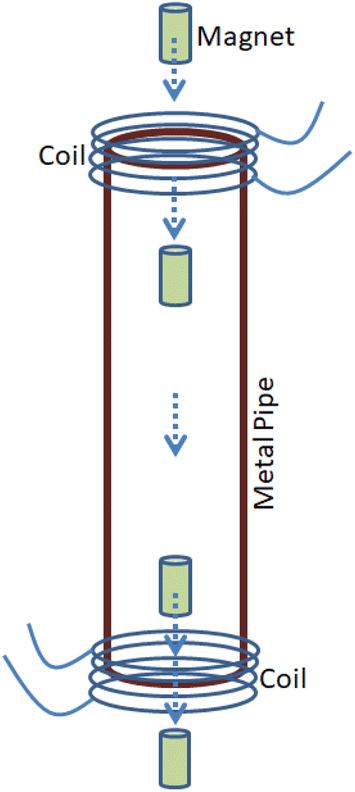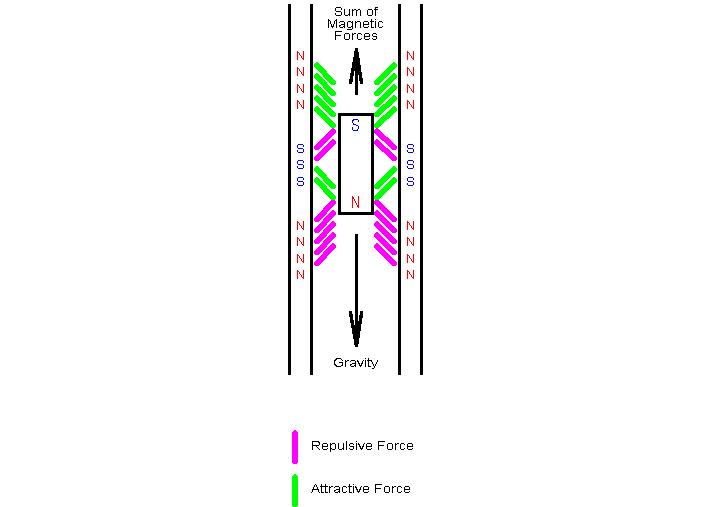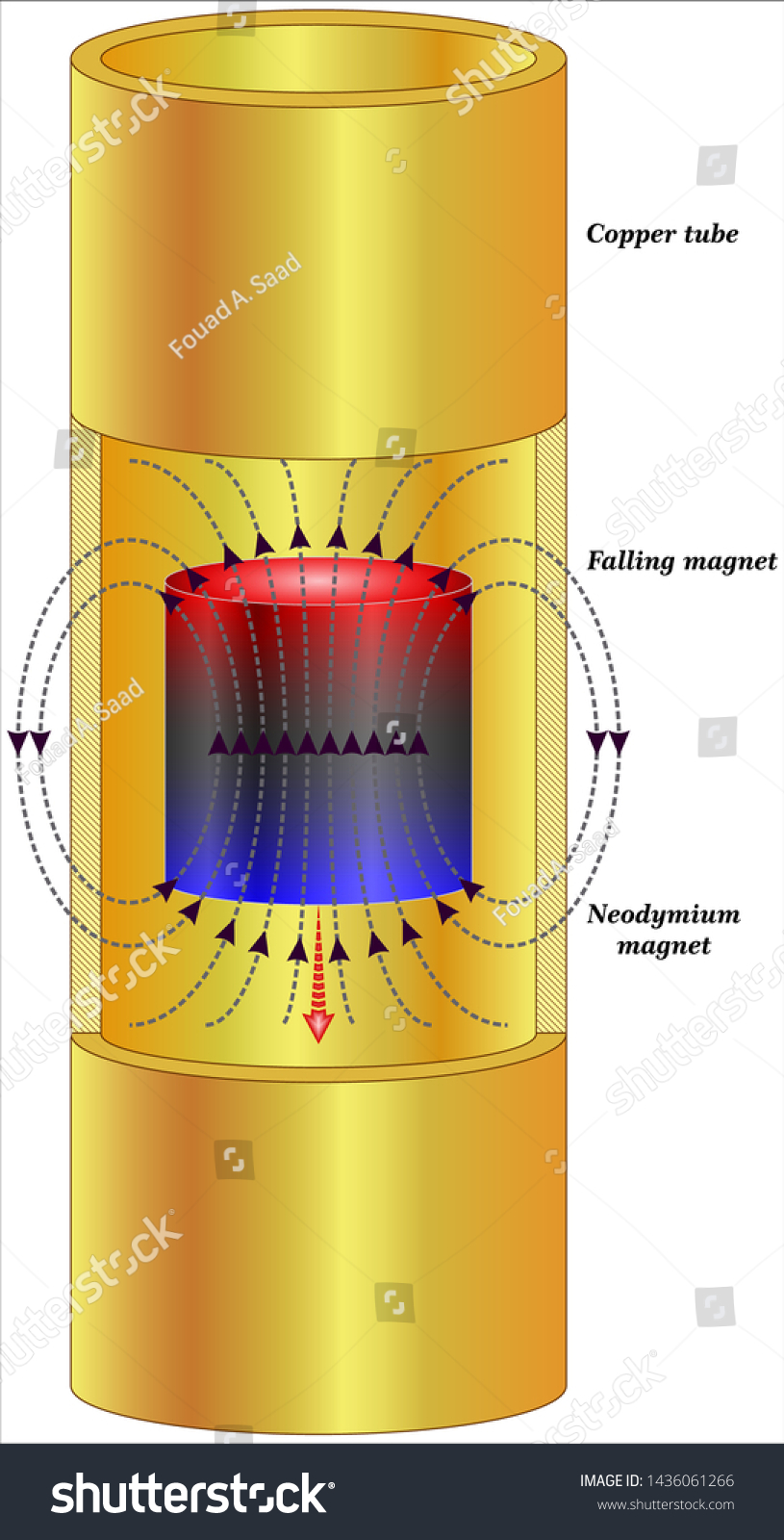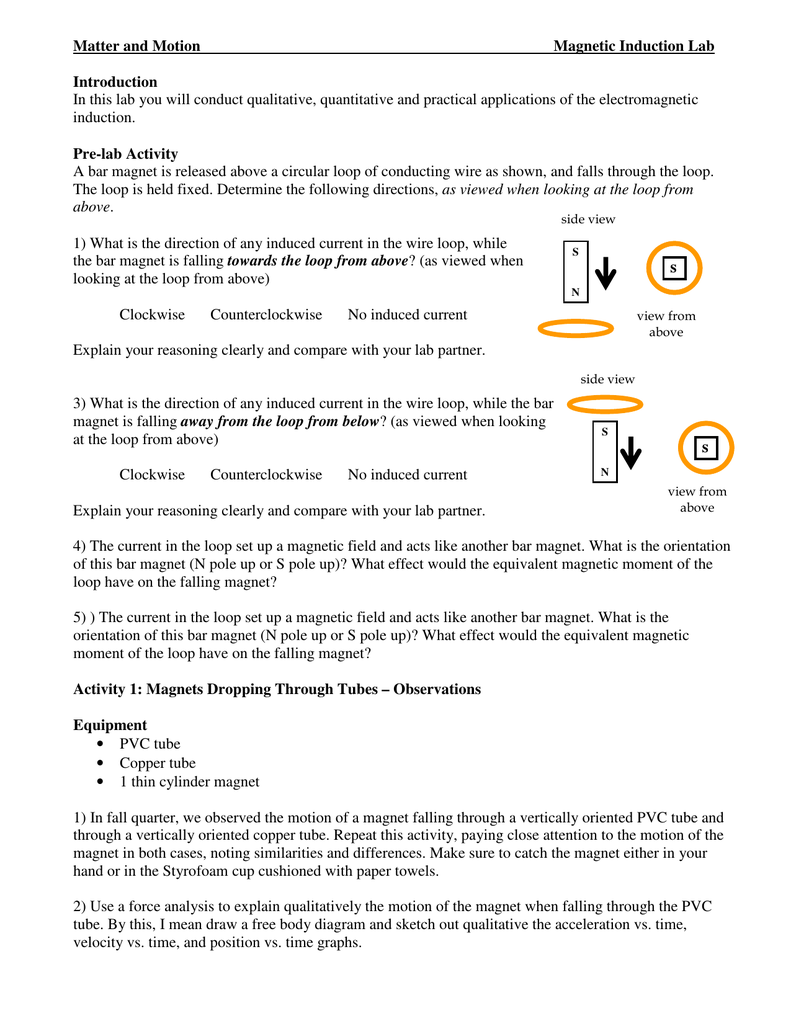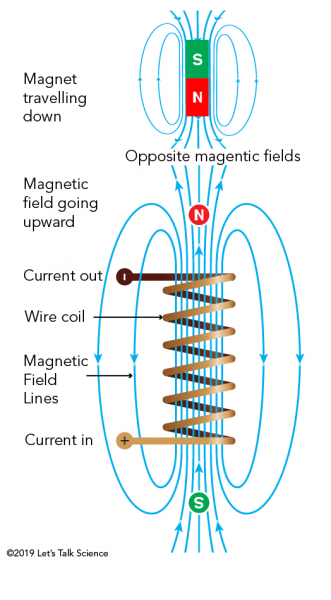Key HW 7_3. 1. I demonstrated in the lecture a short cylindrical bar magnet being dropped through a vertical aluminum pipe and t
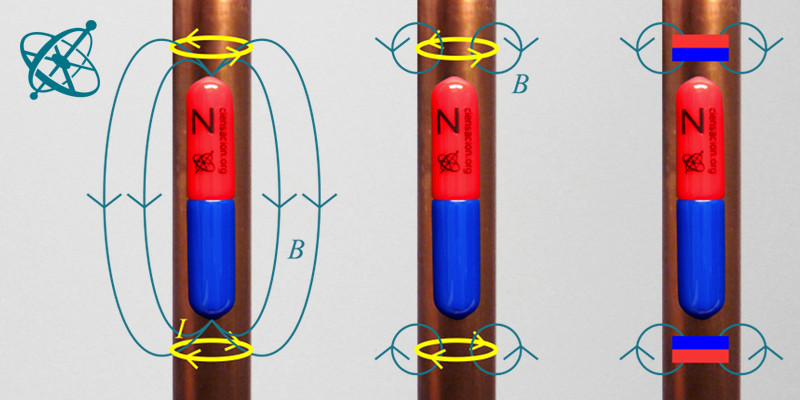
Ciênsação hands-on experiment "Eddy currents ": physics, electromagnetism, Eddy currents; Open Educational Resource






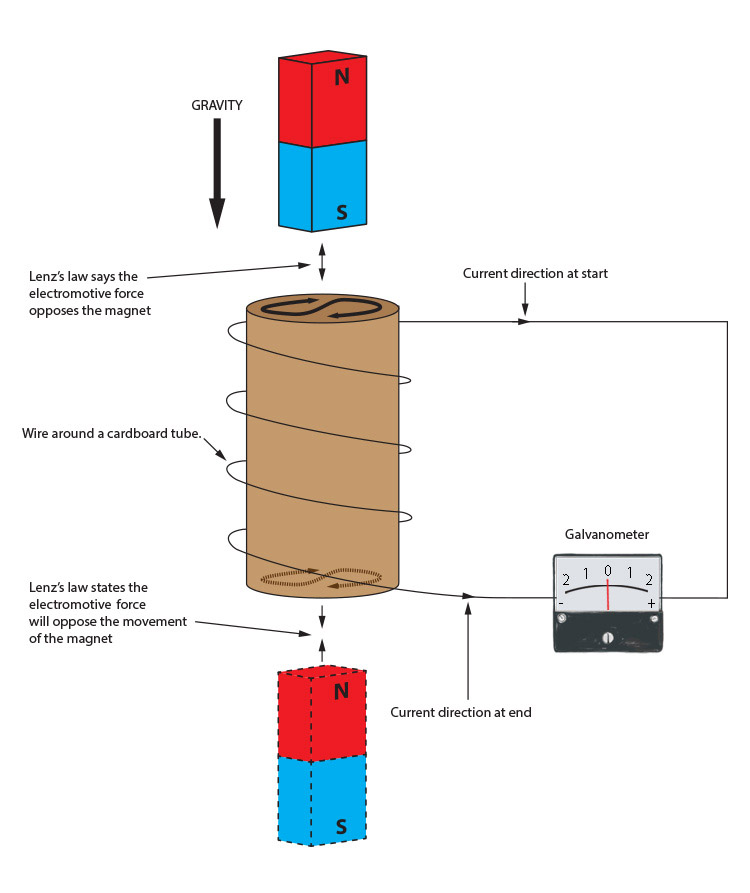
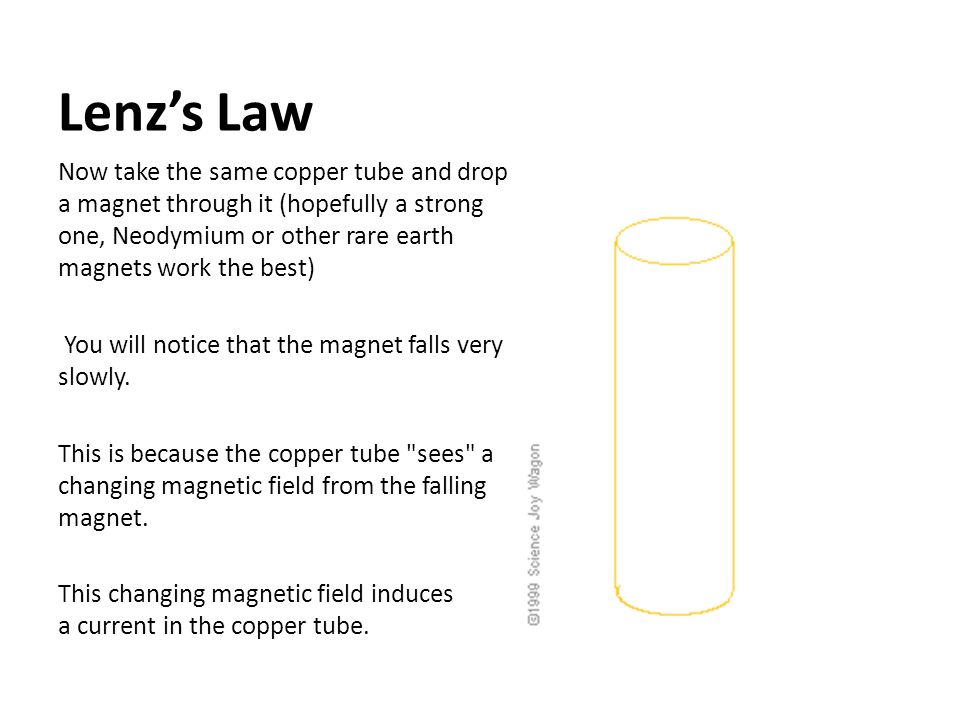



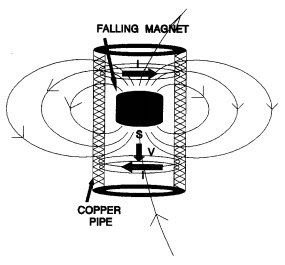
![Solved A. [5 pts] A bar magnet falls through a long copper | Chegg.com Solved A. [5 pts] A bar magnet falls through a long copper | Chegg.com](https://d2vlcm61l7u1fs.cloudfront.net/media%2Fbb4%2Fbb4c4af0-260c-4e1f-a929-234065a9c82c%2Fphprqvm73.png)

